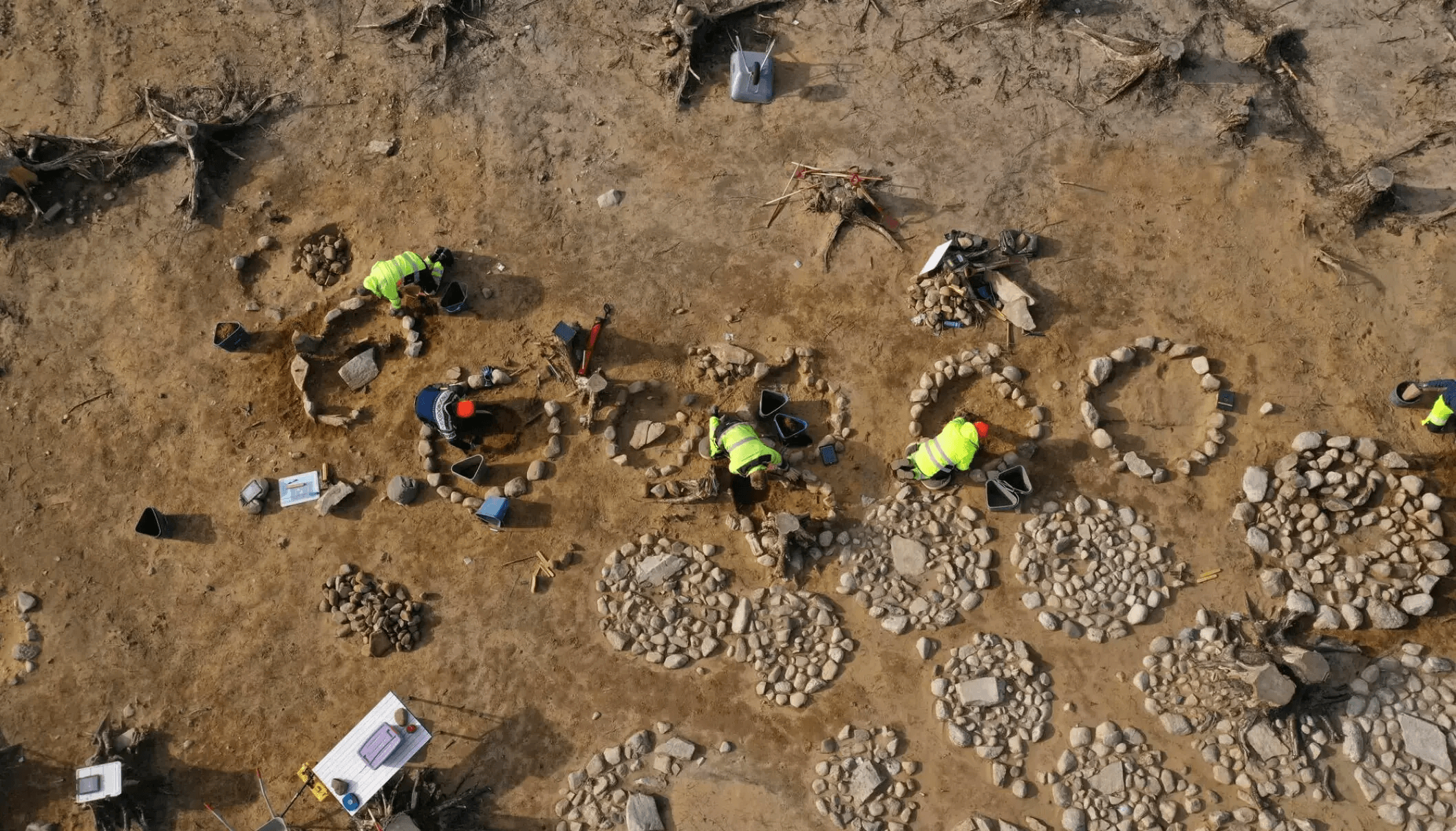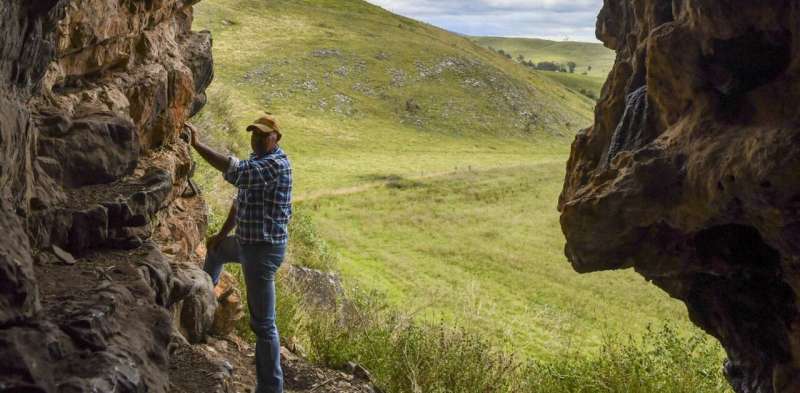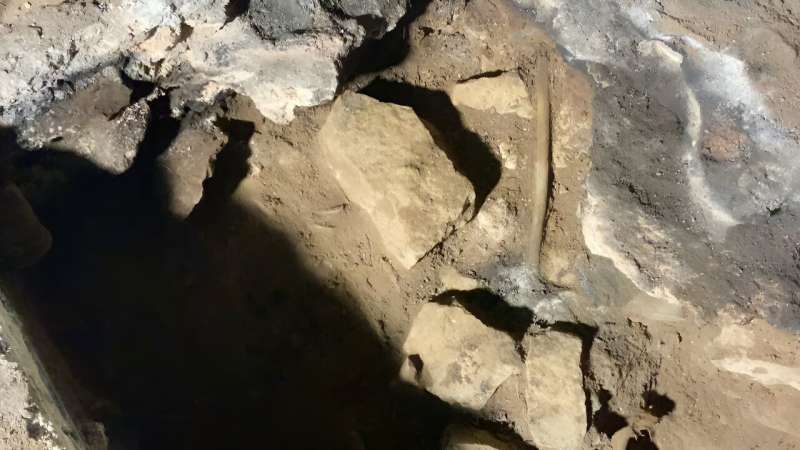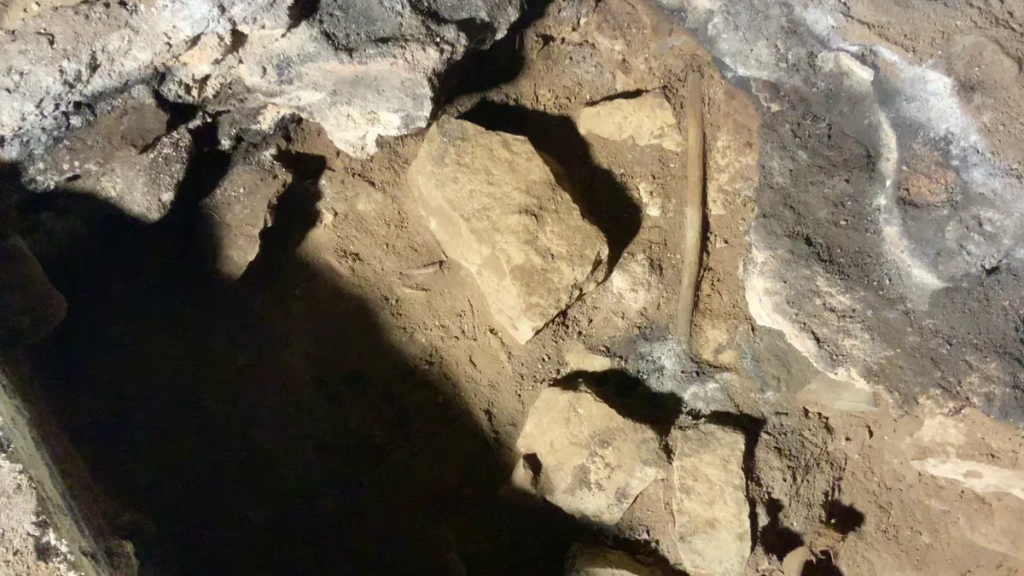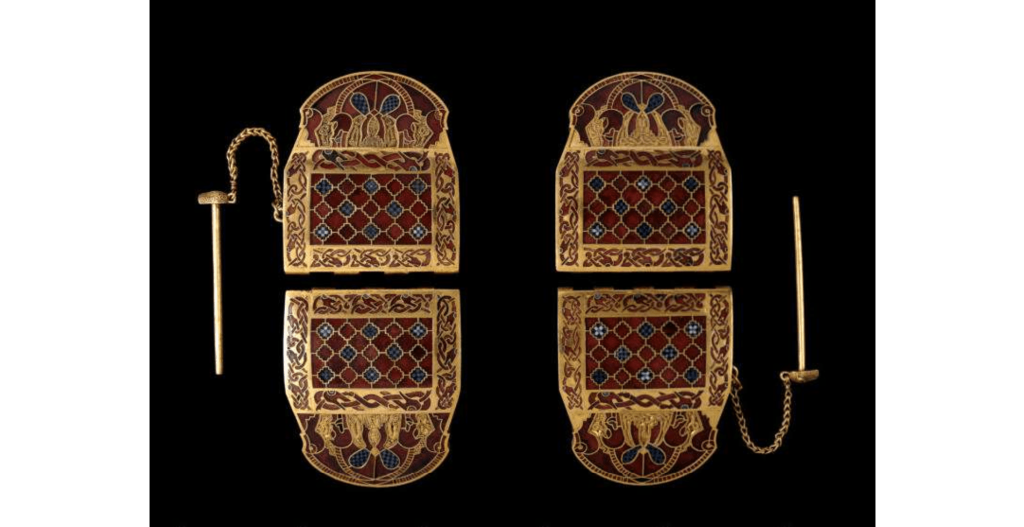A Unique Discovery in Europe: Ancient Stone Circles Cover 2,800-Year-Old Graves of Children in Norway
Archaeologists from the Museum of Cultural History in Oslo discovered an unknown burial site in a quarry near Fredrikstad, in southeastern Norway. This find has been found to contain the remains of mostly children, all of whom died more than 2,000 years ago. The burial field is unique in a European context, according to the Museum of Cultural History.
In December 2023, the team of archaeologists, led by Guro Fossum, was initially investigating ancient Stone Age settlements when they found stone formations that turned out to be burial circles.
The children, whose ages ranged from infancy to six years old at the time of their deaths, had their partially burnt bones interred directly beneath the intriguing stone circles, in exquisitely crafted ceramic pots that had long since broken into fragments. After the skeletal remains were dated, it was discovered that nearly all of the children had been buried during Norway’s Bronze and Iron Ages, between 800 and 400 BC.
“The dating shows that the burial site was used over a long period, so they couldn’t all have died in the same natural disaster or outbreak of disease or epidemic,” says Guro Fossum.
The painstakingly built stone circles were found in 2023 while excavating a rural field close to the southern Norwegian city of Fredrickstad. They were situated close to a Stone Age settlement, which was the original site being investigated, and were only 2-4 inches (5-10 cm) below the earth’s surface.
The stone formations were all between three and six feet (one and two meters) in diameter and were either perfectly round or oval-shaped. Some had larger stones placed in the middle or on their edges, signaling some diversity or creativity in the designs.
The tombs show variations in the arrangement of the cremated remains, some placed in urns and others simply under the stone circles. The amount of bones recovered was minimal in many cases, between 0.1 and 240 grams per tomb, which presented a considerable challenge for the archaeologists and osteologists involved in the study.
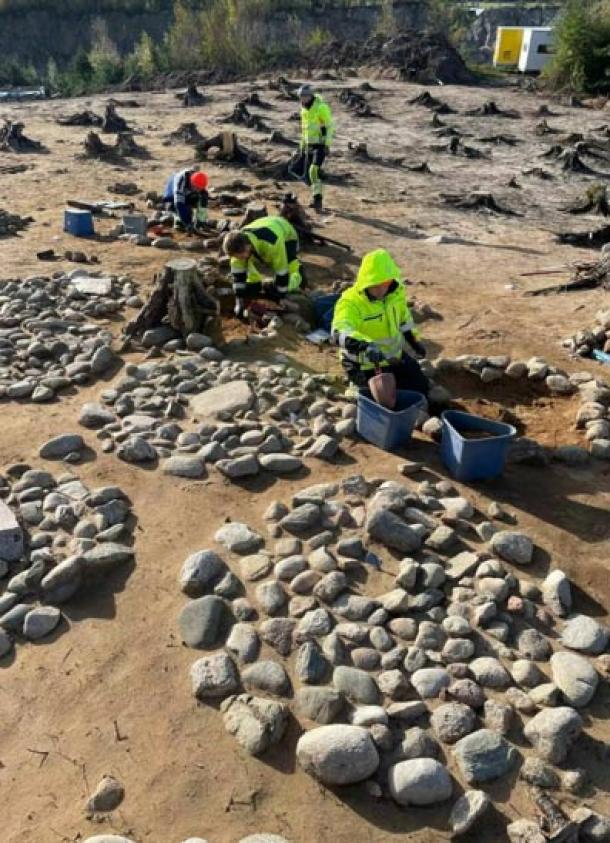
Aside from the children’s tombs, everyday objects like fire pits and kitchen pits were discovered near the site. This implies that the location may have functioned as a community gathering spot in addition to a cemetery, possibly for funeral-related events.
There was something special about the whole place. The tombs are very close together. They must have been in an open landscape, with nearby communication routes, so everyone knew about them. Furthermore, all the tombs were very beautiful and meticulously worked. Each stone came from a different place and was precisely placed in the formation. We wondered who had made such an effort, says Fossum.
The burial site, unique in the European context, has sparked interest not only for its rarity but also for its emotional implications.
An associate professor of archaeology at the University of Stavanger, Håkon Reiersen emphasizes that this find connects us deeply with the universal human emotions related to the loss and mourning of children, showing that people in the past were not so different from us in terms of how they honored their dead.
Fossum finds it interesting that men, women, and especially children had their own tombs and received the same treatment for centuries.
“It seems that the social structure was more egalitarian, as there wasn’t much difference between the graves. The same types of graves, grave goods, and burial methods were used. This suggests a society where community was important,” she said.
Only one of the graves in the field is dated to after the year 0. From that point on, burial practices gradually changed, with hierarchies and large burial mounds reserved only for those with status.
Cover Photo: Museum of Cultural History
